Flogging products is disgusting pretty well sums up how I feel about salespeople who try to push the wares of their organization down my throat when I’m looking to get my needs satisfied.
The flogging process is a one-way street where the sales person’s sole objective is to sell the product or service inventory they’ve got.
It’s a supply-dominated process that has little room for customer input; the engagement profile lacks a conversational element with sales listening skills not required.
The customer in the flogging process is a victim of sales abuse.
As I’ve said many times before, in order for an organization to get more value from their sales teams, sales must move from the flogging mode and be charged with and held accountable for a strategic role.
And the singular focus for sales in a strategic role is to build deep strong relationships with customers, not flog products at them.
Relationship-building is not a WHAM! BAM! affair, it’s a long term process because trust with another person isn’t achieved overnight. It takes deliberate actions on the part of the salesperson to develop a rapport and establish credibility with the customer so that they earn the right to transact with them at some point down the road.
Effective mutually beneficial relationship-building results in sales transactions but patience and commitment is required of the salesperson to make it happen.
Why don’t we see much relationship-building from sales today?
It’s simple, really. The compensation plan for sales is short term—annual—and it’s based on the number of products sold (or revenue from products or services). And as we know, sales are driven by how they get paid. If their bonus is based on achieving annual product sales they will do whatever it takes to get their bonus and will ignore other aspects of their role.
They won’t devote time to relationship-building and they won’t make it a priority to develop the skills necessary to get better at it.
They will continue to flog products because that’s what they get paid to do.
So, how do we get sales to change and take on the relationship-building role?
It’s simple, really.
Change the sales compensation plan and you’ll change sales behaviour.
The issue becomes how do you change sales compensation from a short term product focus to a long term relationship one?
Here are some practical steps I took in my role of president of a startup I took to A BILLION IN SALES:
#1. Communicate the change
It’s extremely important that the shift from product selling to relationship building be communicated to salespeople in terms of why the change is being made.
The critical strategic role of sales should be emphasized along with the new behaviours expected to replace the traditional approach.
Sales leadership must be front and center in the communications process; everyone in sales needs to hear from the leader what action is being taken and why it’s critically important.
Communications elements to stress:
— flogging products is no longer the accepted way.
— long term value to the organization is created through deep customer relationships.
— competitive advantage is achieved by having more loyal customers than the competition.
— the only way to make the shift is to change the way salespeople are compensated.
— the compensation plan will be changed in a number of steps.
— the plan will (as described below) be launched as a trial.
#2. Design the initial plan
The pivot from a product-centric compensation plan to a relationship plan shouldn’t be attempted in one step, to be successful it should be implemented in a series of steps.
The end game of the change should be to have at least 50% of the sales bonus attributable to relationship building, so design the plan in a number of steps to get you there.
I suggest designing the new plan in 3 steps over a 3-year period:
Step 1 – product sales (80%); relationship-building (20%).
Step 2 – product sales (70%); relationship-building (30%).
Step 3 – product sales (50%); relationship-building (50%).
The 3-year migration period is important in order to learn how the new plan is working as well as allowing for revisions along the way.
#3. Develop customer questionnaire
How well a salesperson builds customer relationships should be judged by the customer, therefore a vehicle to get customer input is required.
In my experience, a simple questionnaire is the way to go. It needs to be brief, covering the elements of relationship-building the organization deems appropriate.
As a sales leader, these were the traits I expected every salesperson to demonstrate; they were included in the monthly questionnaire—Sales Report Card—we had customer’s complete on their sales rep:
#1. Responsiveness: how quickly do they respond to a customer request?
#2. Follow-up: do they take action to ensure the customer’s need was satisfied?
#3. Communication: is the sales rep in regular communication with the customer?
#4. Solutions Orientation: is the sales rep focused on understanding the customer’s problems and finding solutions to them?
#5. Proactiveness: does the sales rep proactively offer solutions to the customer without being asked?
Obviously, the exact Report Card elements should be crafted to meet your organization’s specific requirements but these 5 I found to be very effective.
In addition, I reviewed them every year to determine if they needed to be tweaked based on customer and sales rep feedback.
#4. Trial the plan
Launch Step 1 of the plan as a trial so people understand that it’s not being ‘shoved down their throats’ and that learning on the run is the way the plan will be managed.
The objectives of the trial should be clearly communicated and there should be regular reports on how well the trial is achieving its intended outcomes.
Sales reps should be featured in the communications roll-out, providing a running commentary on how well the trial is going.
#5. Launch the final plan
Finally, after the 1-year trial period is over, launch the plan in its final version incorporating all the learning obtained from the trial design.
My experience was that if the trial period was robust in terms of communications and revisions based on customer and sales rep feedback, the launch of the final version of the plan won’t be a big deal.
After 12 months of living with the concept and seeing it tweaked along the way, the surprise factor associated with the permanent version is normally zero with minimum roadblocks to implementation.
But make sure people understand that the plan will be reviewed annually with modifications based on their feedback.
Final word
You don’t affect a change from a product-flogging sales culture to building strong customer relationships by declaring the intent to do so; a disciplined process must be put in place to make it happen.
If the sales performance scorecard I’ve given you here is put in place, I guarantee you will not only strengthen sales’ strategic role, you will also solidify the currency you have with your customers who will love you for the pivot you’ve made


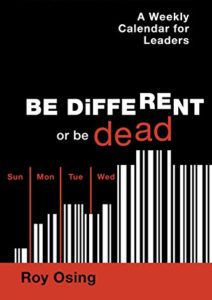
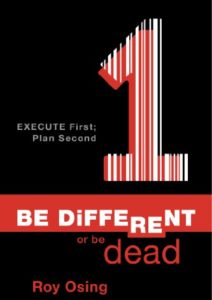
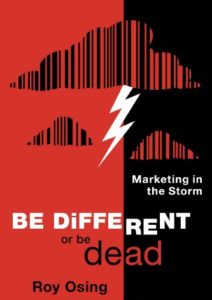

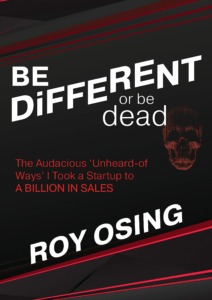
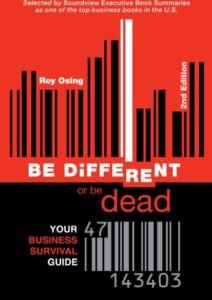
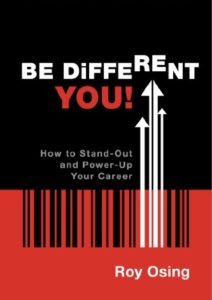
Comments (1)
Thanks for your information, it was really very helpfull.